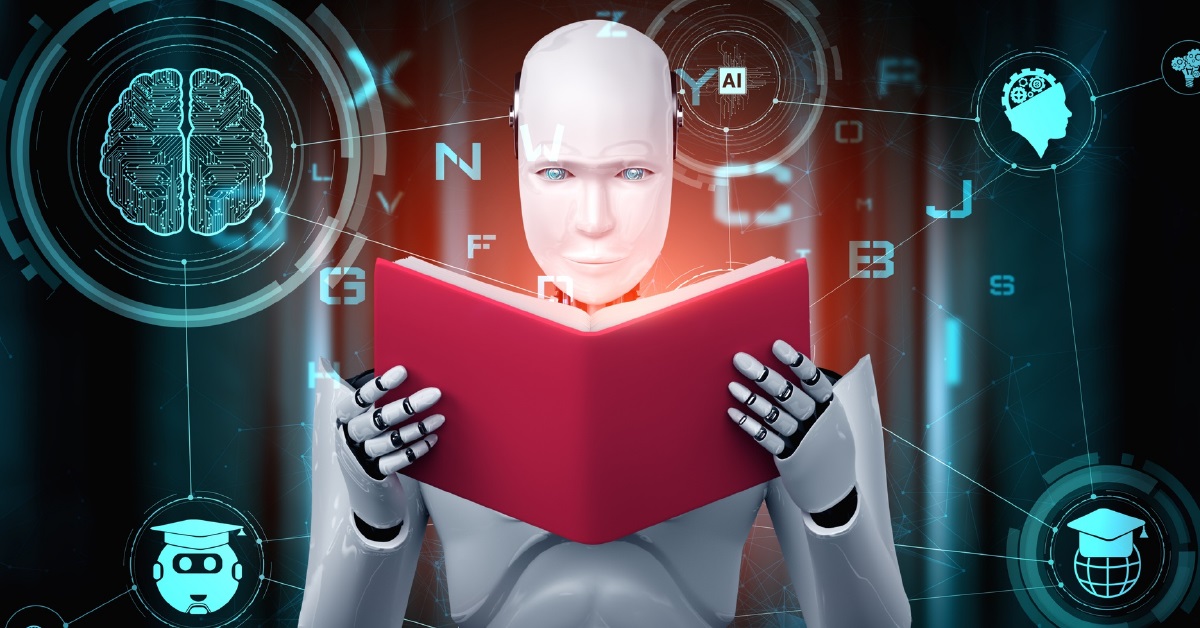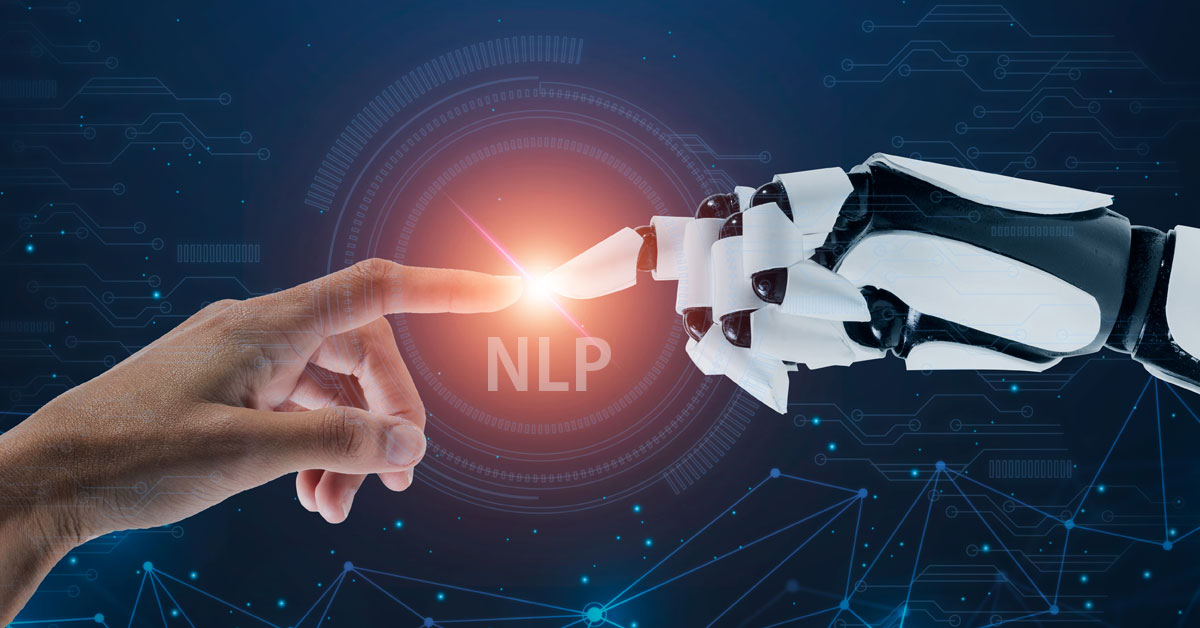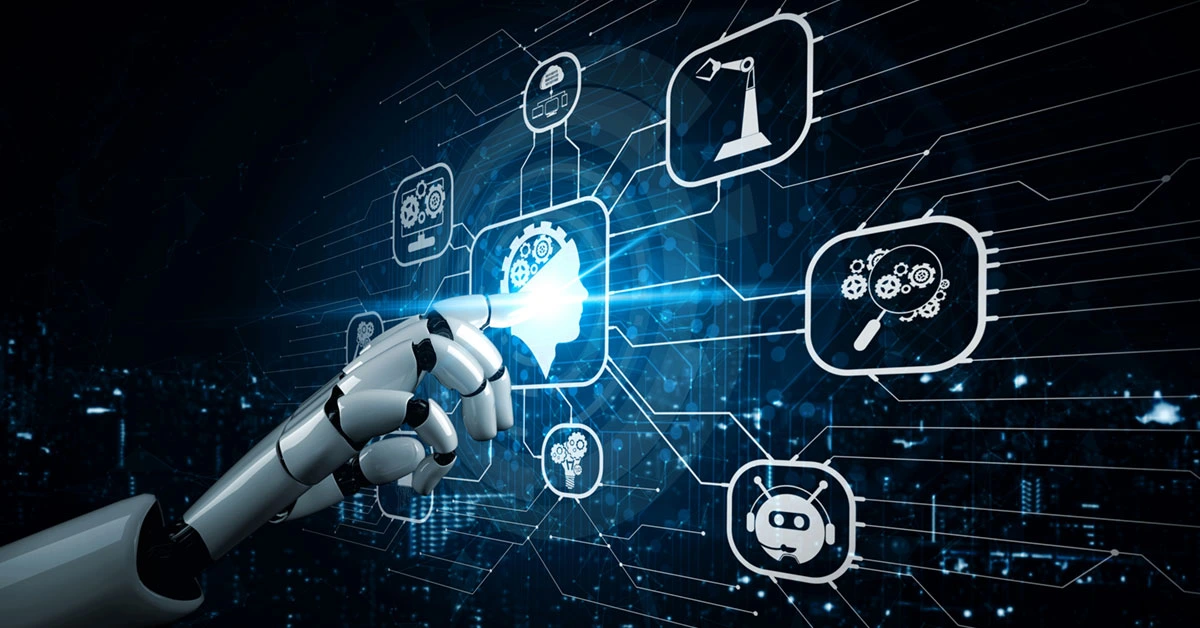ML Progressive Learning: From Regression to Reinforcement Algorithms
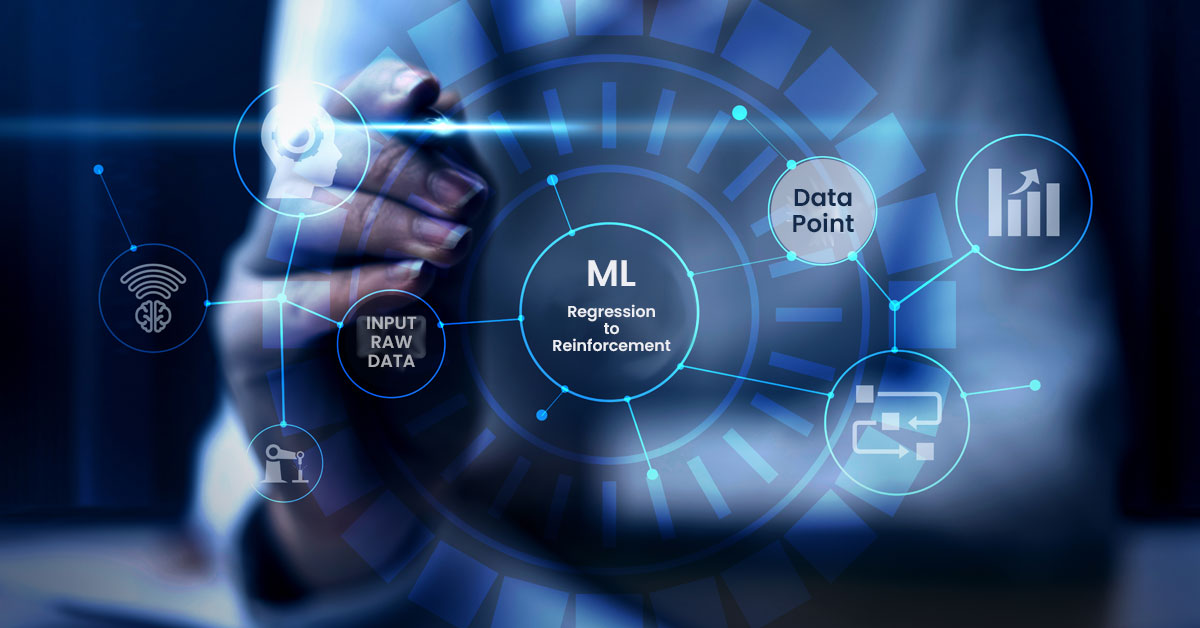
6 min read
The area of machine learning (ML) is expanding quickly, transforming a number of industries and becoming a necessary component of modern life. It entails using statistical models and algorithms to make decisions or predictions based on data without the need for explicit programming. Progressive learning is a fundamental idea in machine learning that enables systems to change and get better over time as they come into contact with more information.
An overview of ML progressive learning and its significance in the field of machine learning will be provided in this section. We will also look at how it varies from conventional machine learning techniques and the reasons behind its growing acceptance by practitioners and researchers.
What is Progressive Learning?
Progressive learning is the ongoing process of gaining knowledge via experience in which new knowledge adds to rather than entirely replaces prior knowledge. When used in relation to machine learning, it describes a collection of methods that enable models to simultaneously learn from fresh data and past experiences.
Progressive learning approaches allow systems to continuously incorporate new input while maintaining their previously learned knowledge, in contrast to standard machine intelligence methods where models are trained on a fixed dataset. Because of this, they may adjust and become more effective over time, which makes them ideal for dynamic contexts where the distribution of data may vary or evolve.
Why is Progressive Learning Important?
Machine learning applications in the real world frequently entail dynamic environments and datasets that are constantly changing. For example, when machinery ages or requires maintenance, the underlying patterns in predictive maintenance systems may alter. A lower level of performance and dependability might arise from traditional AI techniques‘ inability to adjust to such changes after undergoing constant dataset training.
The solution to this issue is progressive learning, which enables models to learn from fresh data while holding onto their prior understanding. It enables models to adjust to changing surroundings and produce precise predictions. Because of this, it is especially helpful for applications in fields where data is always changing, like banking, healthcare, and cybersecurity.
How Does Progressive Learning Differ from Traditional Machine Learning?
The main difference between progressive learning and traditional machine learning lies in their approach to handling new data. In conventional AI, models are trained on a predetermined dataset and then applied to novel or unknown data in order to provide predictions. It indicates that the model’s performance is dependent on the calibre of the initial training set it is given.
On the other hand, models can continually learn from both fresh and previously viewed data through progressive learning techniques. It means that when they come into contact with more information, they will be able to perform better over time. Progressive learning strategies also include procedures to mitigate catastrophic forgetting, which occurs when a model is exposed to new experiences and forgets its prior experiences.
Regression to Reinforcement Algorithms and their Applications
Within the field of ML, the transition from regression to reinforcement learning is an interesting set of methods and uses. Regression is a supervised learning technique that first includes making predictions about continuous output variables by using input feature data. Predicting outcomes like home prices or stock market movements is one usage for algorithms like Polynomial Regression and Linear Regression, among others. The focus switches to classifying data into specified classes as we smoothly transition to classification, another supervised learning technique. Applications such as picture identification and spam email detection rely heavily on the use of logistic regression, decision trees, and support vector machines.
With the expansion of machine learning, techniques such as K-Means Clustering and Hierarchical Clustering are being introduced to explore unsupervised learning and reveal patterns buried in unlabeled data. Semi-supervised learning finds application in speech recognition and other fields where it further bridges the gap between labelled and unlabeled data. The final stage of development is reinforcement learning, a paradigm in which an agent engages with its surroundings and gets feedback in the form of incentives or sanctions. Q-learning, Deep Q Networks (DQN), and Policy Gradient Methods are some of the algorithms that are highly effective in a variety of applications, from robot navigation to winning challenging games like Atari and Go.
In AI, the idea of progressive learning highlights a methodical approach to skill building. Gaining a thorough understanding of the field of machine learning requires starting with fundamental ideas like regression and classification and working your way up to more complex methods like reinforcement learning. It becomes clear how important a step-by-step method is in creating a strong basis for solving complicated issues.
Comparison between Regression and Reinforcement Algorithms
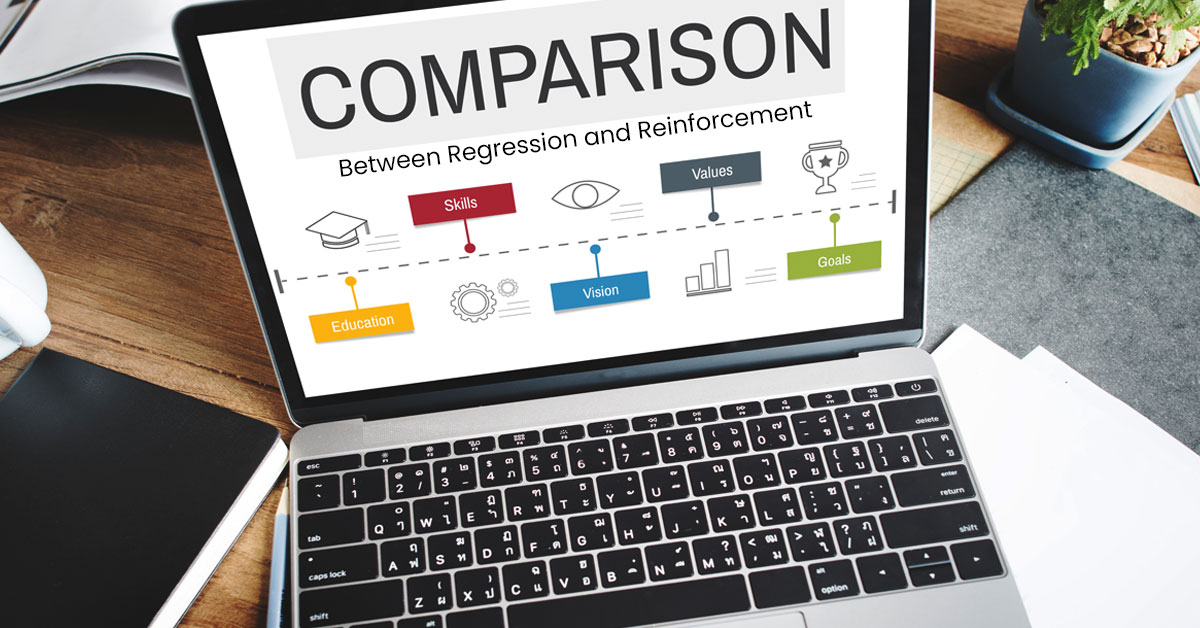
Regression and reinforcement learning algorithms are comparable in recognizing distinctive characteristics that characterize their functions and uses in machine learning. Predicting continuous outcomes based on input data via supervised learning is the main objective of regression. It involves using labelled datasets with known results for training in order to develop correlations between input factors and a continuous target variable. Regression analysis uses an instantaneous and explicit feedback mechanism whereby the model makes adjustments in response to variations between the expected and actual values. Applications for it include forecasting, analyzing variable relationships, and predictive modelling, as demonstrated by instances like stock market patterns and home price prediction.
Conversely, reinforcement learning functions within a model-free learning paradigm or policy optimization, wherein the agent acquires knowledge through interactions with its surroundings and obtains feedback in the kind of incentives or disincentives. Reinforcement learning relies on exploration and is dynamic because, in contrast to regression, it provides sparse and delayed feedback after the agent acts. As seen in the training of robots and resource allocation, applications of reinforcement learning reach into robotics, gaming, and decision-making in dynamic contexts.
These algorithms’ training procedures are very different from one another. Regression involves changing model parameters to minimize a loss function, which minimizes the gap between predicted and actual values. Whereas, reinforcement learning depends on trying out different acts, getting feedback, and modifying policies over time to optimize cumulative rewards. In contrast to regression models, which concentrate on static datasets and do not take the environment into account directly, reinforcement learning depends on the agent’s interaction with the environment; therefore, finding the right balance between exploration and exploitation is essential for determining the best approach. These models’ transferability varies as well; reinforcement learning agents can adapt learned policies to other settings, whereas regression models are task-specific.
Implementing a Progressive Learning Approach in ML Projects
The investigation continues into dimensionality reduction strategies and clustering methods for unsupervised learning. In projects with limited labelled datasets, semi-supervised learning plays a crucial role in utilizing both labelled and unlabeled data. Introduction to reinforcement learning entails learning about foundational ideas and applying simple algorithms such as Q-learning, then progressing to more sophisticated methods in intricate projects like Deep Q Networks.
Regular reading of scientific articles, enrollment in online courses, and practical projects—such as competing in machine learning contests—are all important components of staying informed. In ML communities, teamwork and feedback-seeking are essential for honing abilities. A comprehensive and successful implementation of the progressive learning approach in machine learning projects becomes possible by constant learning and modification, thorough documentation, knowledge-sharing through blog articles, and mentorship. By using this approach, ML practitioners can stay flexible, scalable, and robust when dealing with the ever-changing problems that come with their line of work.
Future Directions for ML
Advancements in algorithms, approaches, and applications within the discipline of ML on a daily basis which is always changing. Keep up with the newest machine learning trends as the need for intelligent systems in various industries grows.
Among applications of artificial intelligence, deep learning stands out for its concentration on building artificial neural networks for complicated decision-making. It has shown encouraging results in speech recognition, image identification, and autonomous cars. Explainable AI is another important approach in ML that addresses the requirement for decision-making processes to be transparent in order to foster user confidence, particularly in vital industries like banking and healthcare.
An emerging field called continual learning seeks to overcome the inflexibility of fixed dataset training by enabling machine learning models to adjust to new input without losing track of past information. Robotics and autonomous systems are part of machine learning’s growing field of application, as ML predicts clever devices that can adapt to changing environments with little help from humans. In order to address possible bias and discrimination and ensure responsible and ethical AI systems, ethical considerations are becoming more and more important in machine learning development.
Conclusion
To summarize, the machine learning path from regression to reinforcement algorithms is a dynamic progression that moves from continuous outcome prediction to intelligent decision orchestration in dynamic situations. Although they are transparent and efficient, regression algorithms may not work well with non-linear connections. On the other hand, reinforcement learning excels in adaptive decision-making but necessitates a sophisticated comprehension of environments. The comparison highlights how important it is to choose the appropriate method based on the features of the problem, with reinforcement learning performing well in flexible scenarios and regression fitting well in tasks that are clearly specified.
As machine learning advances, a progressive learning method that starts with grasping the foundations and progresses to investigating more sophisticated approaches becomes essential. Future developments in ethical issues, explainable AI, and further learning should change the creation, use, and reliability of models. This voyage represents not only time travel but also an ongoing search for artificial intelligence. The pursuit of progressive learning is essential as practitioners follow this trajectory since it assures that they will be prepared for changing obstacles and can eventually realize the full potential of machine learning.
Published: December 1st, 2023

